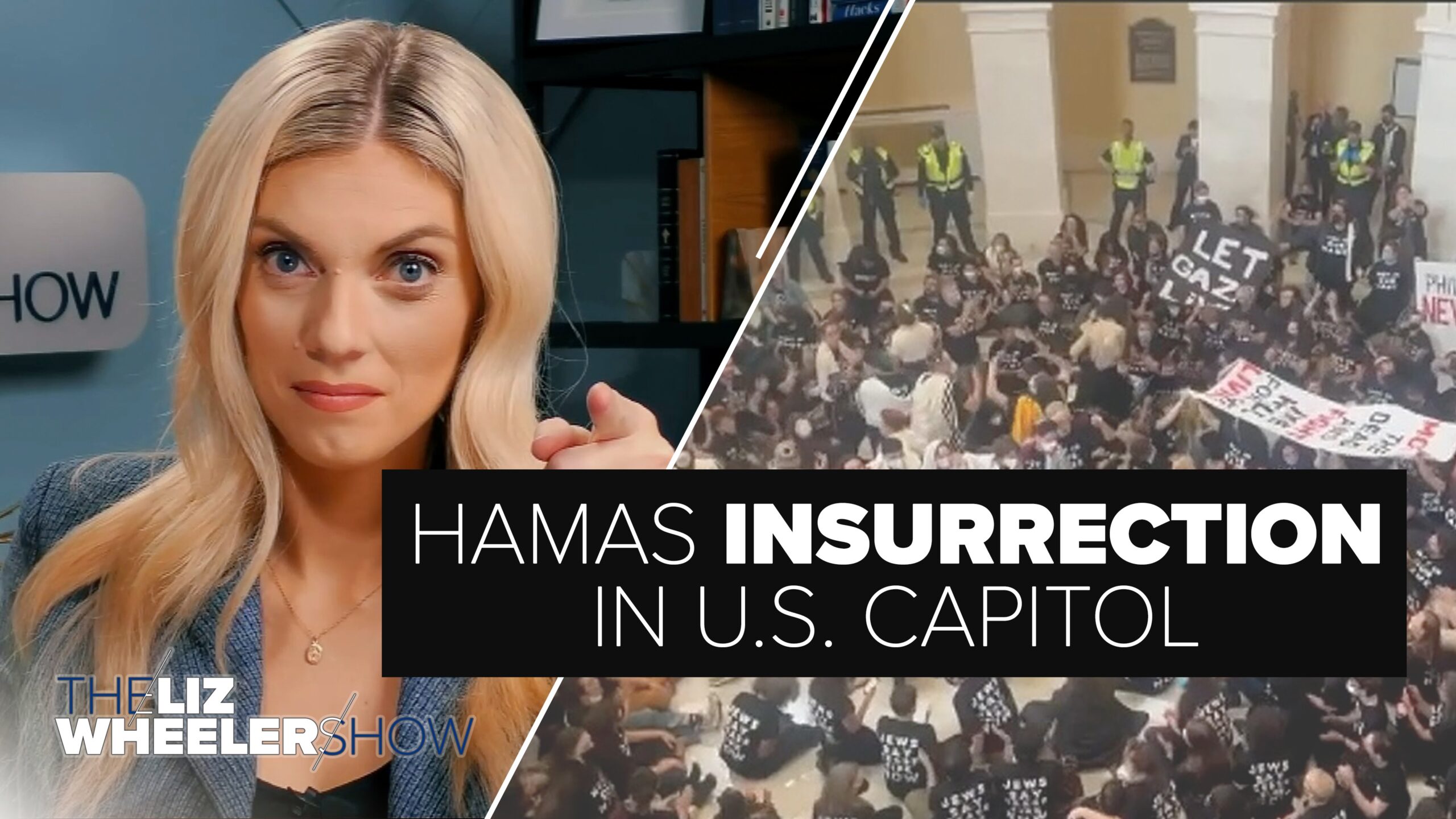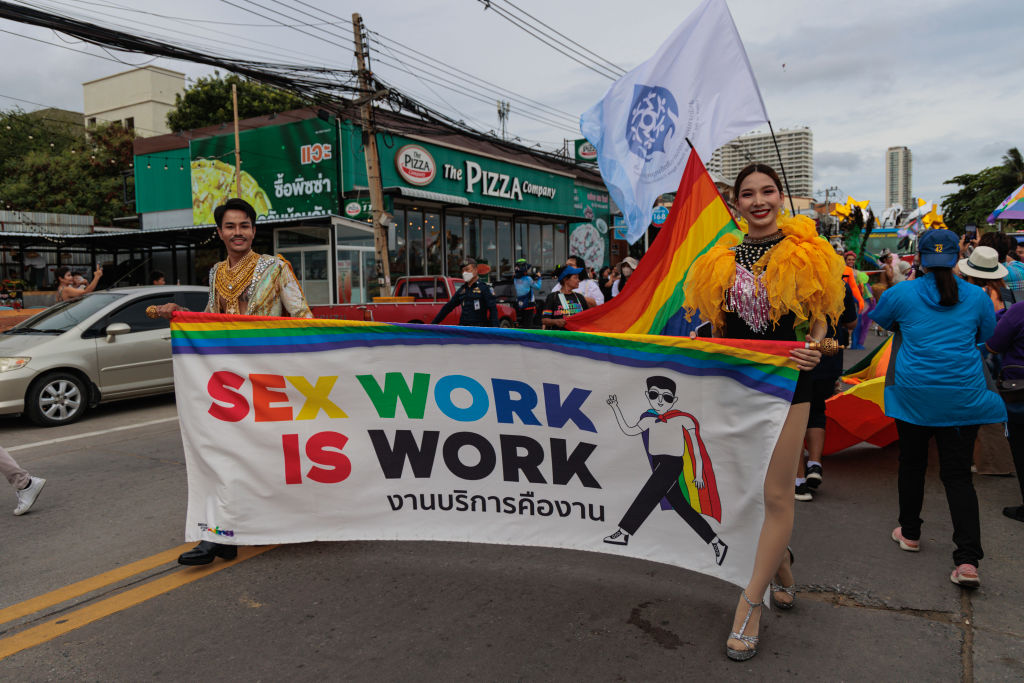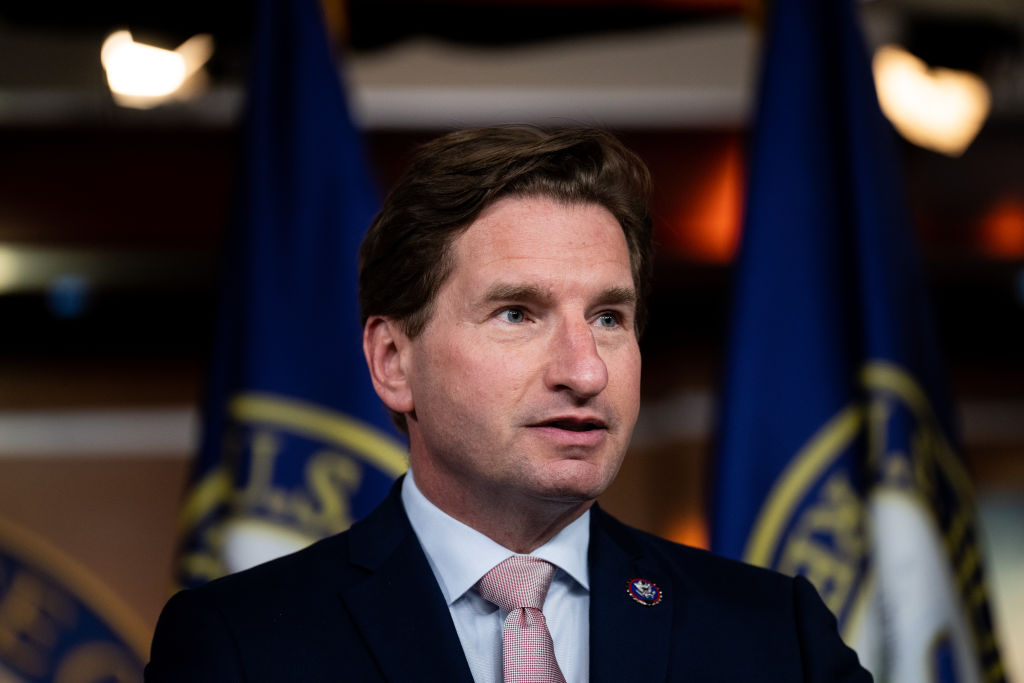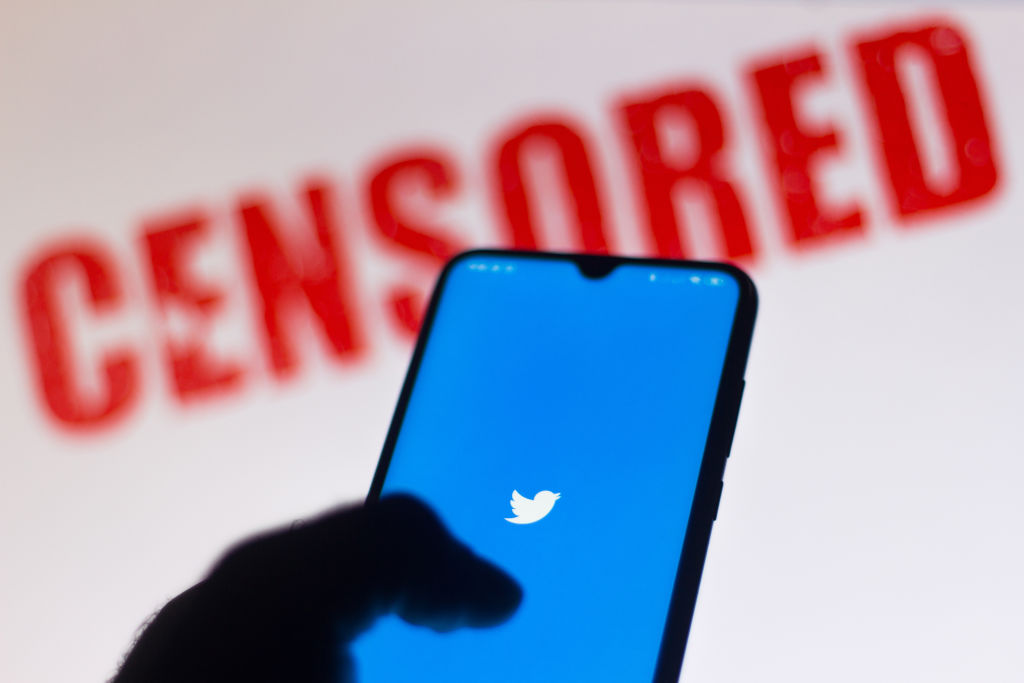Meta has found itself under scrutiny as investigations have revealed that its popular social media platform, Instagram, is being used to promote and enable networks dedicated to the distribution of underage-sex content, allowing pedophiles to thrive, according to a report from The Wall Street Journal. The platform’s algorithms are reportedly contributing to these activities, connecting individuals with pedophilic tendencies and directing them towards sellers of illegal material through a system of recommendations. Accounts involved in these activities are often explicit, using identifiable hashtags to connect with other accounts selling child-sex material.
Despite the fact that the promotion of underage-sex content violates both Meta’s rules and federal law, enforcement has proven to be a significant challenge. In response, Meta has created an internal task force to deal with the issues at hand. Over the past two years, the company has taken down 27 pedophile networks and blocked thousands of explicit hashtags. It has also made efforts to restrict its recommendation systems from guiding users towards terms associated with sex abuse or connecting potential pedophiles with one another.
However, dealing with child-sex content abuse on such a large social media platform demands sustained and concerted effort. As Alex Stamos, former chief security officer of Meta, points out, the company is in a unique position to map its pedophile networks due to its internal tools and access to data. However, significant technical and legal hurdles make it difficult for anyone outside of Meta to fully understand the scale of the problem.
Research from Stanford’s Internet Observatory and UMass’s Rescue Lab has helped illuminate the extent of the issue. They discovered that “test” accounts set up by researchers were immediately targeted with “suggested for you” recommendations linked to sellers and buyers of child-sex-content. Following a small number of these recommendations quickly resulted in a deluge of content that sexualizes children. The study identified 405 sellers of “self-generated” child-sex material, meaning accounts claiming to be operated by the children themselves. Collectively, these seller accounts had attracted 22,000 unique followers.
Given the size of Instagram’s user base, which stands at 1.3 billion, the number of accounts dedicated to sexualized child content could reach into the millions. Meta, with over 3 billion users across its platforms, removed 490,000 accounts in January alone for violating its child safety policies. However, it’s clear that the issue is not confined to Instagram; similar sexually exploitative activity has been detected on other platforms, although Instagram’s problem is particularly severe due to its size and features.
Data from the National Center for Missing & Exploited Children (NCMEC) indicates a disturbing trend. In 2022, the center received 31.9 million reports of child pornography, up 47% from two years earlier. These reports came mostly from internet companies, with Meta accounting for 85% of them, including around 5 million from Instagram.
A comparative analysis of Instagram with other platforms like Twitter, Snapchat, and TikTok suggests that Instagram’s problem is far more severe. Explicit hashtags and emojis serve as a coded language within the pedophile community on Instagram, aiding the spread of illegal content.
Instagram’s recommendation algorithms and user reporting system have also been called into question. On the one hand, the recommendation algorithm can inadvertently pull users into the pedophile community based on their interaction patterns. On the other hand, Instagram’s user reporting system, designed to flag rule violations, has been deemed ineffective. Numerous reports of child nudity remained unaddressed for months, an issue Meta acknowledges, citing a software glitch and problems with the moderation staff.
The problems faced by Instagram in tackling child sexual abuse on its platform go beyond technical glitches. The platform’s policies, penalties, response to user reports, and safety efforts have significant loopholes and setbacks. For instance, Meta’s safety team found itself undermined by the recommendation system. Efforts to disable harmful hashtags were stymied as new variants quickly emerged.
While Meta is working on improvements, many argue that the scale and severity of the issue call for immediate and robust actions. Critics and child safety advocates are calling for urgent, comprehensive measures to curb the spread of child sexual abuse material on Instagram.













